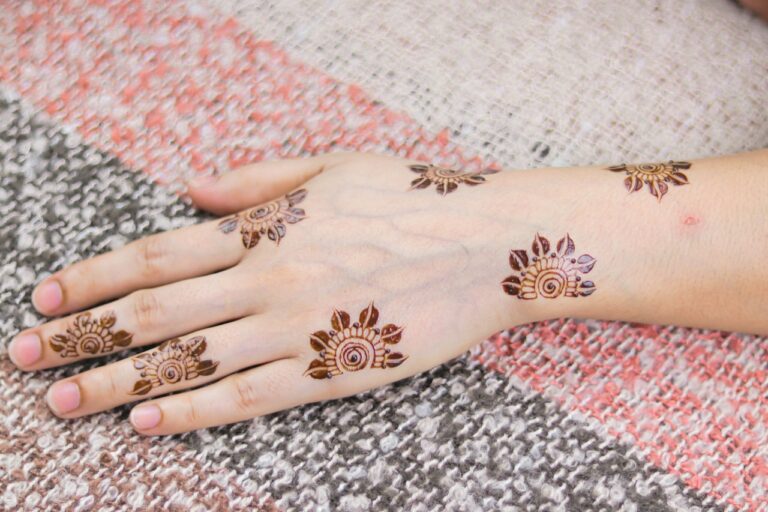Exploring the Impact of Gender Bias in Election Reporting
Throughout history, the media has played a significant role in shaping public perceptions of political candidates. In the realm of election reporting, gender bias is a pervasive issue that has influenced the way male and female candidates are portrayed and scrutinized. From the early days of print journalism to the rise of digital media, the framing of political candidates based on their gender has been a deeply ingrained aspect of election coverage.
The historical landscape of election reporting reveals a pattern of bias that often favors male candidates over their female counterparts. Women in politics have long faced challenges when it comes to how they are depicted in the media, with stereotypes and double standards frequently overshadowing their qualifications and policy positions. This long-standing history of gender bias in election reporting has had a lasting impact on the perception of women in leadership roles and continues to shape political discourse today.
The Influence of Gender Bias on Candidate Perception
Gender bias in election reporting has been a longstanding issue that significantly impacts how candidates are perceived by the public. Research has shown that female candidates often face biased media coverage compared to their male counterparts. This bias can manifest in various ways, from focusing on a female candidate’s appearance or likeability rather than her policies and qualifications, to using more aggressive language when describing her actions or decisions.
These biased portrayals of female candidates can lead to negative perceptions among voters, ultimately influencing their opinions and decisions at the ballot box. When media outlets continually reinforce gender stereotypes and inequalities through their coverage of political candidates, it perpetuates the idea that women are less capable or suitable for leadership roles. As a result, female candidates may struggle to garner the same level of support, credibility, and trust as their male counterparts, creating an uneven playing field in the political arena.
Media Portrayal of Male and Female Candidates
The media plays a crucial role in shaping public perceptions of male and female candidates during election campaigns. Male candidates are often portrayed as strong, assertive, and competent leaders, while female candidates are commonly depicted as emotional, weak, and lacking in authority. These biased portrayals can influence voters’ attitudes and behaviors towards candidates of different genders.
Moreover, the language used by the media to describe male and female candidates can also perpetuate gender stereotypes. Male candidates are frequently praised for their accomplishments and qualifications, while female candidates may face criticism for their appearance, tone of voice, or perceived lack of experience. These unequal standards contribute to the perpetuation of gender biases in election reporting, ultimately affecting the electoral outcomes and the representation of women in politics.
• Male candidates are often portrayed as strong, assertive, and competent leaders
• Female candidates are commonly depicted as emotional, weak, and lacking in authority
• Biased portrayals can influence voters’ attitudes towards candidates of different genders
• Language used by the media to describe male and female candidates perpetuates gender stereotypes
• Male candidates praised for accomplishments and qualifications, while female candidates face criticism for appearance or tone of voice
What is the history of gender bias in election reporting?
The history of gender bias in election reporting dates back many years, with female candidates often facing more scrutiny and criticism compared to their male counterparts.
How does gender bias influence perception of candidates?
Gender bias can influence perception of candidates by perpetuating stereotypes and shaping how the public views their qualifications and abilities based on their gender.
How are male and female candidates portrayed differently in the media?
Male candidates are often portrayed as strong and competent leaders, while female candidates may be more likely to face scrutiny over their appearance, tone of voice, and likability.
What can be done to combat gender bias in media coverage of candidates?
To combat gender bias in media coverage of candidates, it is important for journalists and news outlets to be aware of their own biases and strive for fair and equitable reporting regardless of a candidate’s gender.







